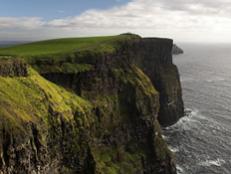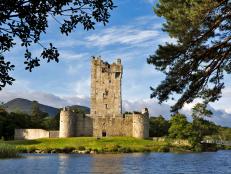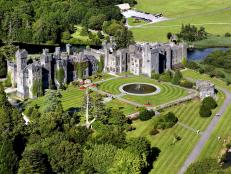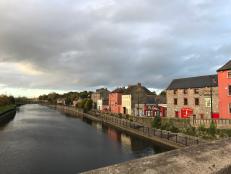Seven Wonders of Ireland
From the Cliffs of Moher to Giant's Causeway, Ireland is full of awe-inspiring natural wonders.
Related To:
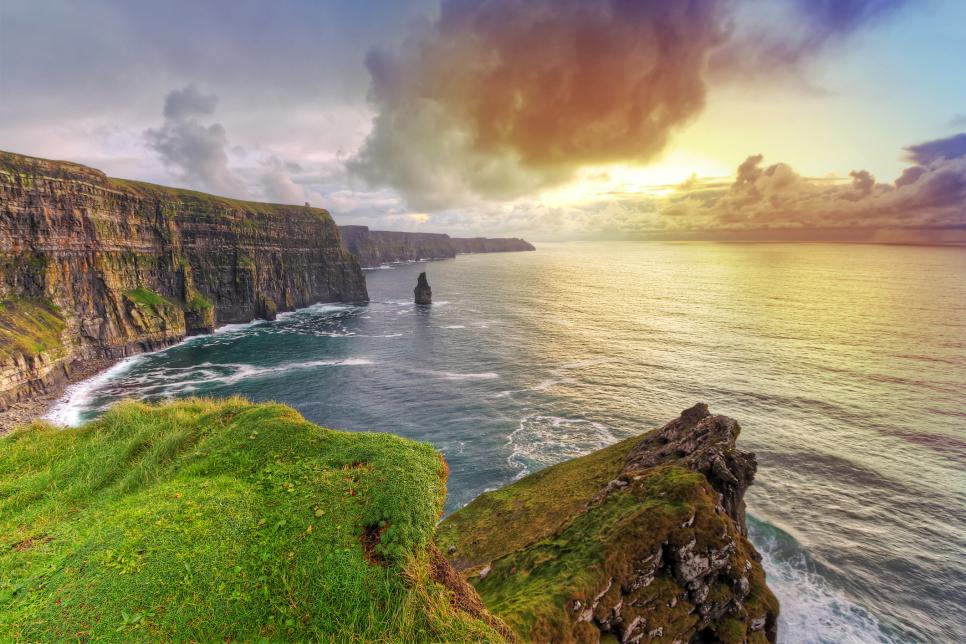
Photo By: Mustang_79, Getty Images
Photo By: Design Pics / Gareth McCormack, Getty Images
Photo By: Getty Images
Photo By: Getty Images
Photo By: Getty Images
Photo By: ThinkStock
Photo By: Gareth McCormack, Getty Images
Cliffs of Moher
The awe-inspiring Cliffs of Moher, stretching 8 miles along the western Atlantic Coast near the town of Dongal, aren’t for the faint of heart; there’s no fence between you and the 650-foot drop to the sea below.
The Ring of Gullion
The Ring of Gullion, a designated Area of Outstanding Natural Beauty, is a breathtaking volcanic landscape in Northern Ireland that dates back more than 60 million years.
The Burren
In County Clare, the Burren consists of 116 square miles of naturally interlocking limestone slabs. Contrasting Irish flora thrives by the limestone in the Burren, nourished by a system of underground streams and rivers that rise to the surface during Ireland's wet weather.
Slieve League
Ireland is known for its amazing cliffs. Top of the list is Slieve League on Donegal’s west coast; it’s one of the highest marine cliffs in Europe. The straight 985-foot drop from Slieve League into the crashing Atlantic below is sure to get your heart racing.
Croagh Patrick
Croagh Patrick is a sacred mountain that towers more than 2,500 feet above County Mayo, in western Ireland. The mountain is devoted to Ireland's patron saint, Patrick, who is said to have spent 40 days and nights praying and fasting here.
Giant's Causeway
A volcanic eruption some 60 million years ago caused geological formations now known as the Giant's Causeway. Today, the area is renowned for its unique columns of stone. It’s also the only UNESCO World Heritage Site in Northern Ireland.
Carrantouhill
Ireland’s highest mountain, Carrauntoohil, in County Kerry, is composed of red sandstone, and molded by geological ice action in the form of sharp peaks and corries (scooped-out basins).
